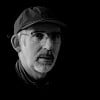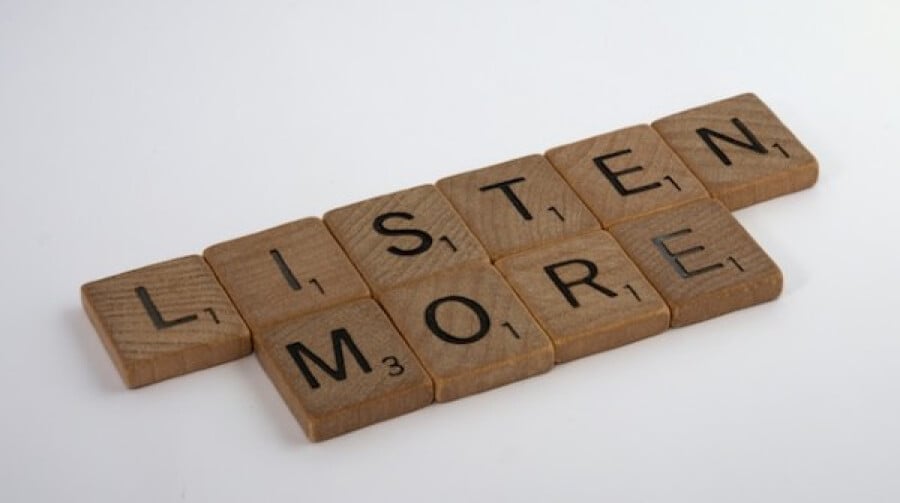Mastering Workplace Communication: 20 Ways to Bring Clarity to Your Work


Ever felt like you’re speaking in Klingon at the office? Or sent an email that was as clear as day, only to receive a dozen replies of “…huh?”? Welcome to the wonderful world of workplace communication!
Now, mastering workplace communication isn't just about channelling your inner wordsmith. It's ensuring your brilliant ideas aren’t lost in translation or received like a joke without a punchline.
Whether you're a leader trying to motivate your team or an employee offering suggestions, clear communication is your ticket to the big leagues. So, join us at Thankbox as we dive into 20 foolproof, jargon-free strategies to supercharge your office chatter.
Let's go!
Why does effective communication in the workplace matter?
We’ve all heard communication is the key to pretty much everything. But in the workplace, it’s more than just a buzzword or a sprinkle to boost peer-to-peer recognition.
Let's break it down:
Avoiding “Oops” moments: Successful communication keeps everyone on the same page, ensuring that your hard work isn’t all for nothing. It’s why almost 70% of workers are more productive with effective communication.
Building trustworthy bridges: Clear communication encourages trust. And trust in the workplace is like the glue that holds everything together, ensuring stability and bonding amongst your team.
No more guessing games: Without first-rate dialogue, employees often feel uneasy about their roles and tasks. When everyone is in sync, tasks are completed easily with less second-guessing.
Boosting team morale: Feeling heard and understood is central to boosting staff morale. A workplace that champions open conversation and understanding is one where employees feel valued.
To redefine how we communicate appreciation and feedback in the workplace, Thankbox can lend a helping hand. Thankbox isn't just about sending personalised digital group cards – it's about opening channels of collaboration, gratitude, and acknowledgment.

When coworkers express well-wishes, celebrate milestones, or simply say thank you for a job well done, it encourages regular touchpoints of positivity. The platform builds more transparency within the workplace, ensuring team members feel seen, heard, and valued.
20 Strategies to master workplace communication
1. Active listening

More than just hearing, active listening involves fully concentrating on what the other person is saying. Ask follow-up questions and validate the speaker's message by nodding or giving verbal affirmations like “I see” or “I understand.” This not only ensures clarity but shows you’re connecting!
2. Clarity in writing
Currently, most communication happens in written form (seriously, when was the last time you had a phone call?). Avoid unnecessary jargon and use simple, straightforward language.
Reading your message out loud before hitting send can be a game-changer!
3. Regular check-ins
Think of these as mini-reunions! Scheduled one-to-ones can be the secret to ensuring no teammate gets left behind. Share, laugh, and take on challenges together.
A Thankbox will boost office dynamics, raising the performance bar. Celebrate achievements; coworker milestones; recognise those extra mile munchers. It's easy, great value & everyone gets to be part of it.
4. Use visual aids
A picture can speak a thousand words. Jazz up your ideas with visuals! Well-placed or colourful charts, graphs, or slides can be your best ally in making even the most complex ideas a visual treat.
5. Open door policy
Picture an office where doors are mere decorations. An environment that screams, “Come on in, let’s chat!”

That's the magic of creating a workplace full of trust and free-flowing ideas. It’s about allowing staff to voice concerns or ask questions without fear of repercussions. Create an open door policy to encourage staff to engage with each other and create a culture of trust.
6. Close the feedback loop
Actively seek out feedback from your team is a great first step, but you need to close the feedback loop by acting on it (if appropriate) and always keeping them updated. This two-way communication system ensures continuous improvement and adaptation.
7. Use technology

Tools like Slack, Zoom, and Microsoft Teams have revolutionised workplace communication. Establish guidelines for their use and make your virtual presence felt, such as keeping on top of statuses or ensuring video is on during Zoom meetings for better engagement.
8. Set clear expectations
Uncertainty? Not on our watch! Ambiguity can lead to misunderstandings, so whenever you're on a mission, paint a vivid picture. Crystal clear guidelines are your roadmaps to success and reduce the chance of misinterpretations. Frameworks, documentation, and checklists all help here.
9. Practise empathy

Communication is about connecting, let’s make the workplace a stage where every emotion plays a role. Dive into others' perspectives, resolve conflicts, and foster a more inclusive environment.
10. Avoid multitasking
It's tempting to check emails during a meeting or think about other tasks while chatting with a colleague. However, multitasking can lead to missing out on crucial details. When communicating, be present.
11. Non-verbal communication
Did you know that a whopping 93% of our communication is non-verbal? It's not always about words. Pay attention to your body language, it can help you understand the feelings behind what someone is saying.
12. Group workshops
Think of these as the ultimate team huddle! Holding regular workshops not only sharpens communication skills but also strengthens team bonds. Take a look at these 50 engaging icebreaker questions for inspiration.
13. Conflict resolution

Let’s face it – conflicts can be stormy. But remember, every storm has a silver lining. Instead of shying away from disagreements, address them head-on with a proactive mindset.
14. Use simple language
Remember, less is more. Steer clear of intricate terms that can cloud understanding. Imagine explaining your ideas and tasks to a five-year-old. When your message is crisp and straightforward – everyone's on the same track.
15. Regular updates
Keep the information flowing! Whether it’s a shift in company strategy, a tiny tweak in processes, or just some uplifting company news, keeping your team in the loop encourages a sense of unity.
16. Ask for clarification
Let's bust the myth that asking questions is a sign of weakness. Encourage your team to seek clarity whenever they're unsure.
17. Tailor your communication

Everyone's unique, so fine-tune your message to resonate with your audience. Make every individual feel understood.
18. Practise reflective communication
Ever tried the magic trick of mirroring in conversations? Repeating or summarising key points ensures you're on the same wavelength.
19. Encourage a feedback culture
Encouraging feedback means you're ushering in fresh perspectives. Make it a norm for everyone to pitch in with their insights – it’s the best way to grow together.
20. Celebrating achievements
Pop the confetti for every win, big or small. It’s not just about acknowledging success but creating memories and milestones that scream, “We did it together!” Check out these personalised congratulations and birthday e-cards from Thankbox.
Ace workplace communication with Thankbox
Clear communication isn't just a buzzword – it's the cornerstone of a thriving workplace. By implementing these strategies, you're taking the necessary steps towards a more vibrant, productive, and successful workplace.
So, why wait? Dive into these strategies and feel the wave of positivity. To elevate your workplace interactions even further, look no further than Thankbox. It's your go-to gadget for powering up office dynamics.
Dive into the future of workplace communication and create your Thankbox today!
A Thankbox will boost office dynamics, raising the performance bar. Celebrate achievements; coworker milestones; recognise those extra mile munchers. It's easy, great value & everyone gets to be part of it.
Images: Cover | Listen more | Open door sign | Online meeting | Heart illustration | Office high-five | Office presentation





